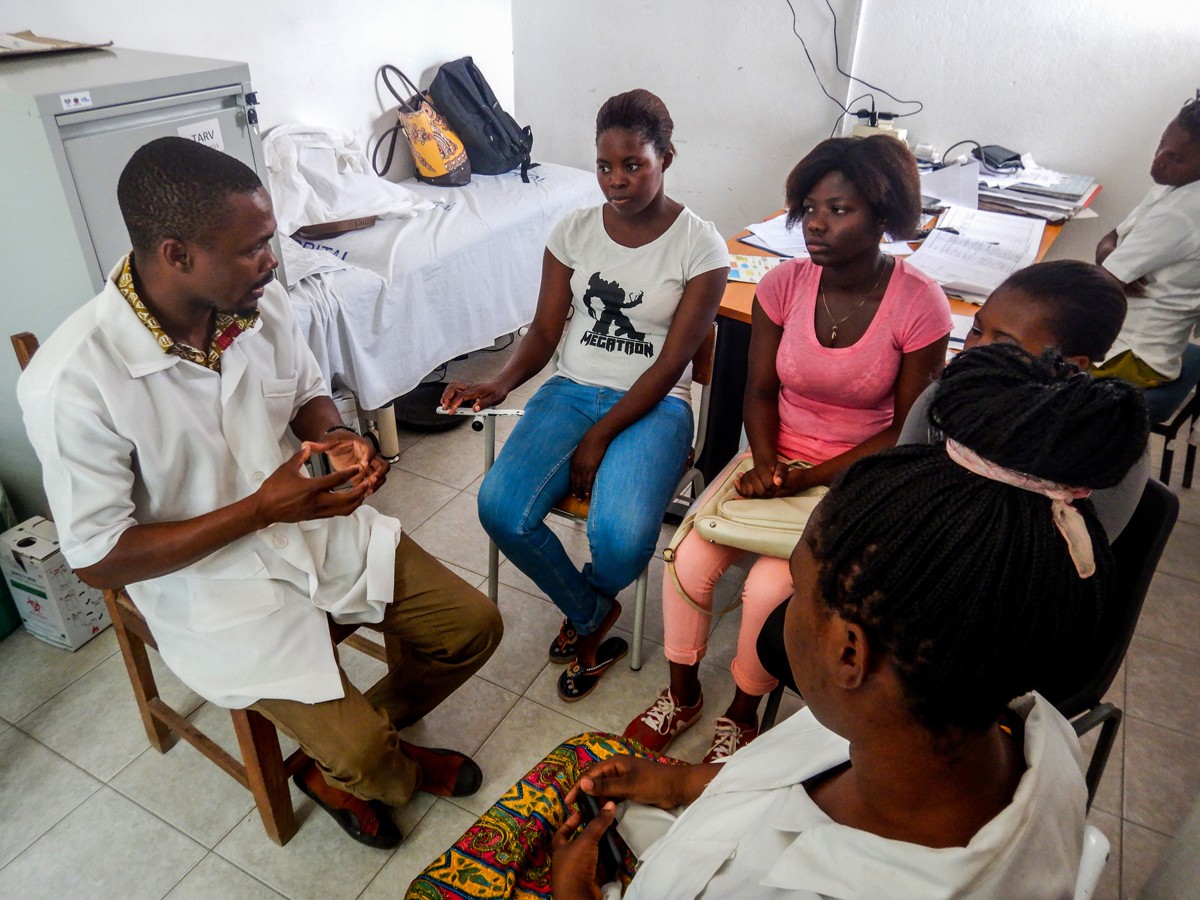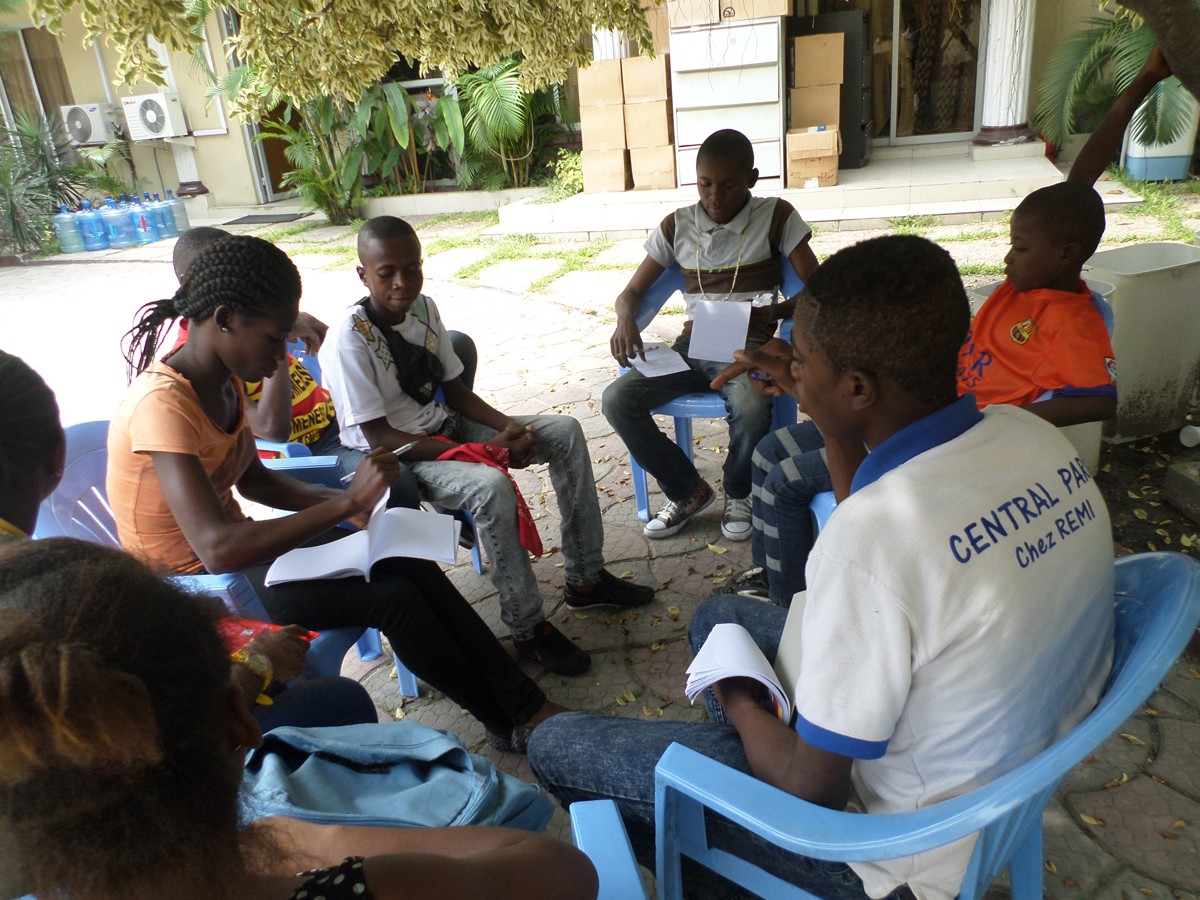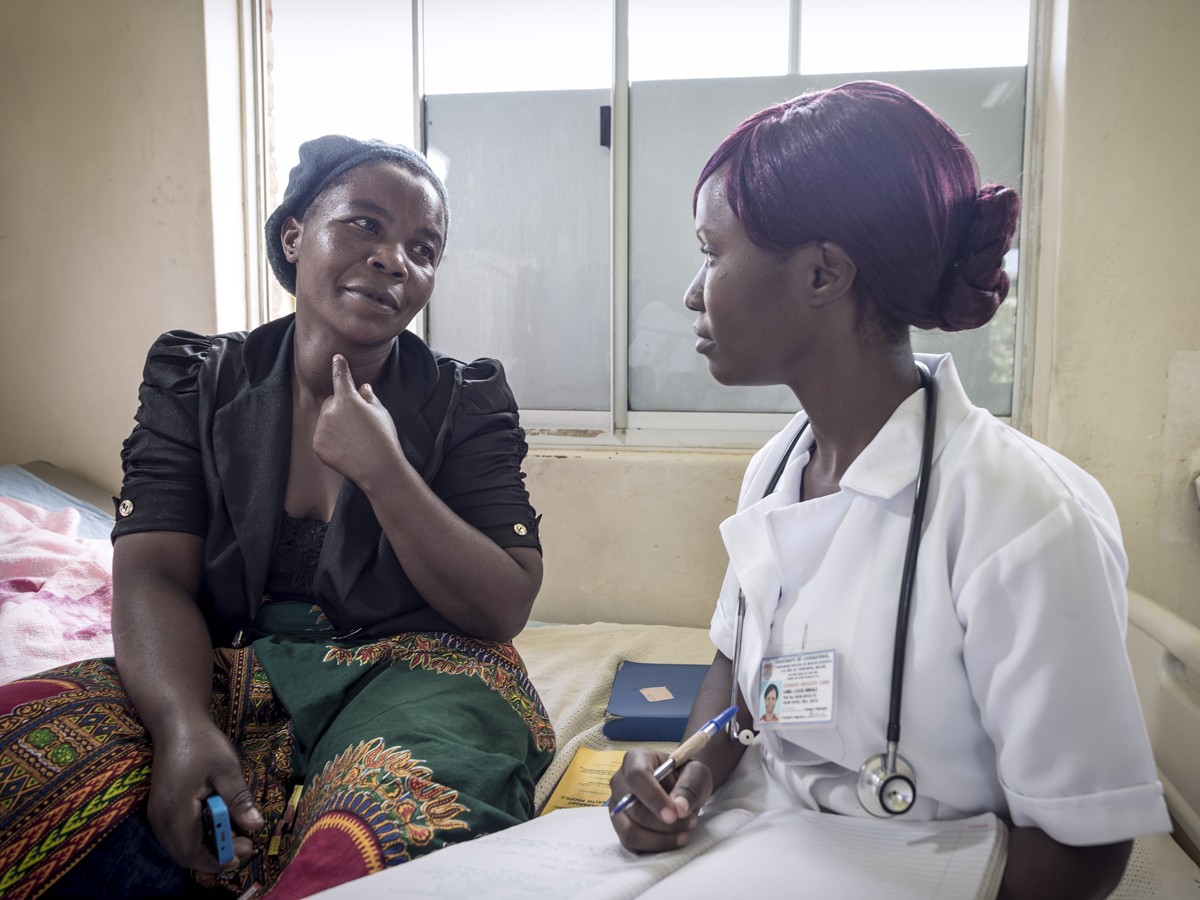Authors:
Abstract:
Background: Tuberculosis remains the leading cause of death by an infectious disease among people living with HIV (PLHIV). TB Preventive Treatment (TPT) is a cost-effective intervention known to reduce morbidity and mortality. We used data from ZIMPHIA 2020 to assess TPT uptake and factors associated with its use.
Methodology: ZIMPHIA a cross-sectional household survey, estimated HIV treatment outcomes among PLHIV aged ≥15 years. Randomly selected participants provided demographic and clinical information. We applied multivariable logistic regression models using survey weights. Variances were estimated via the Jackknife series to determine factors associated with TPT uptake.
Results: The sample of 2419 PLHIV ≥15 years had 65% females, 44% had no primary education, and 29% lived in urban centers. Overall, 38% had ever taken TPT, including 15% currently taking TPT. Controlling for other variables, those screened for TB at last HIV-related visit, those who visited a TB clinic in the previous 12 months, and those who had HIV viral load suppression were more likely to take TPT.
Conclusion: The findings show suboptimal TPT coverage among PLHIV. There is a need for targeted interventions and policies to address the barriers to TPT uptake, to reduce TB morbidity and mortality among PLHIV.








